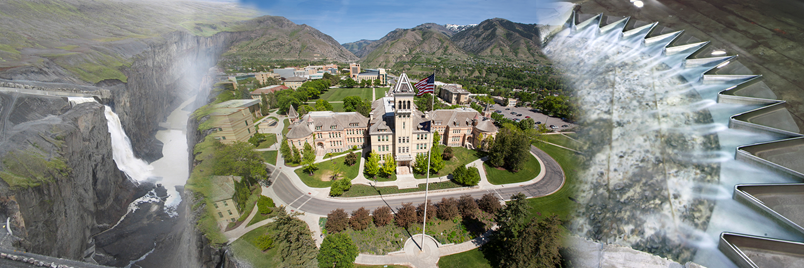Location
Utah State University, Logan, Utah, USA
Start Date
6-17-2012 12:00 AM
End Date
6-20-2012 12:00 AM
Description
ABSTRACT: Replacement spillways are frequently required to pass revised and larger design storm events. Generally matching the outflow hydrograph of the existing spillway is also a common design requirement. Labyrinth spillways can increase spillway discharge capacity. Staged and notched sections of crest have been used in design to satisfy discharge hydrograph requirements. However, inadequate hydraulic design information is available specific to staged and notched labyrinth weirs. In this study, the flow characteristics of multiple staged and notched labyrinth weir configurations (laboratory-scale) were tested. Head-discharge relationships were evaluated experimentally and compared with computed results using superposition (predicting the discharge over the upper and lower stages separately and summing). The results of this comparison show that, for all configurations tested, the superposition technique estimated actual discharges by approximately ±10%.
Included in
Staged and Notched Labyrinth Weir Hydraulics
Utah State University, Logan, Utah, USA
ABSTRACT: Replacement spillways are frequently required to pass revised and larger design storm events. Generally matching the outflow hydrograph of the existing spillway is also a common design requirement. Labyrinth spillways can increase spillway discharge capacity. Staged and notched sections of crest have been used in design to satisfy discharge hydrograph requirements. However, inadequate hydraulic design information is available specific to staged and notched labyrinth weirs. In this study, the flow characteristics of multiple staged and notched labyrinth weir configurations (laboratory-scale) were tested. Head-discharge relationships were evaluated experimentally and compared with computed results using superposition (predicting the discharge over the upper and lower stages separately and summing). The results of this comparison show that, for all configurations tested, the superposition technique estimated actual discharges by approximately ±10%.


